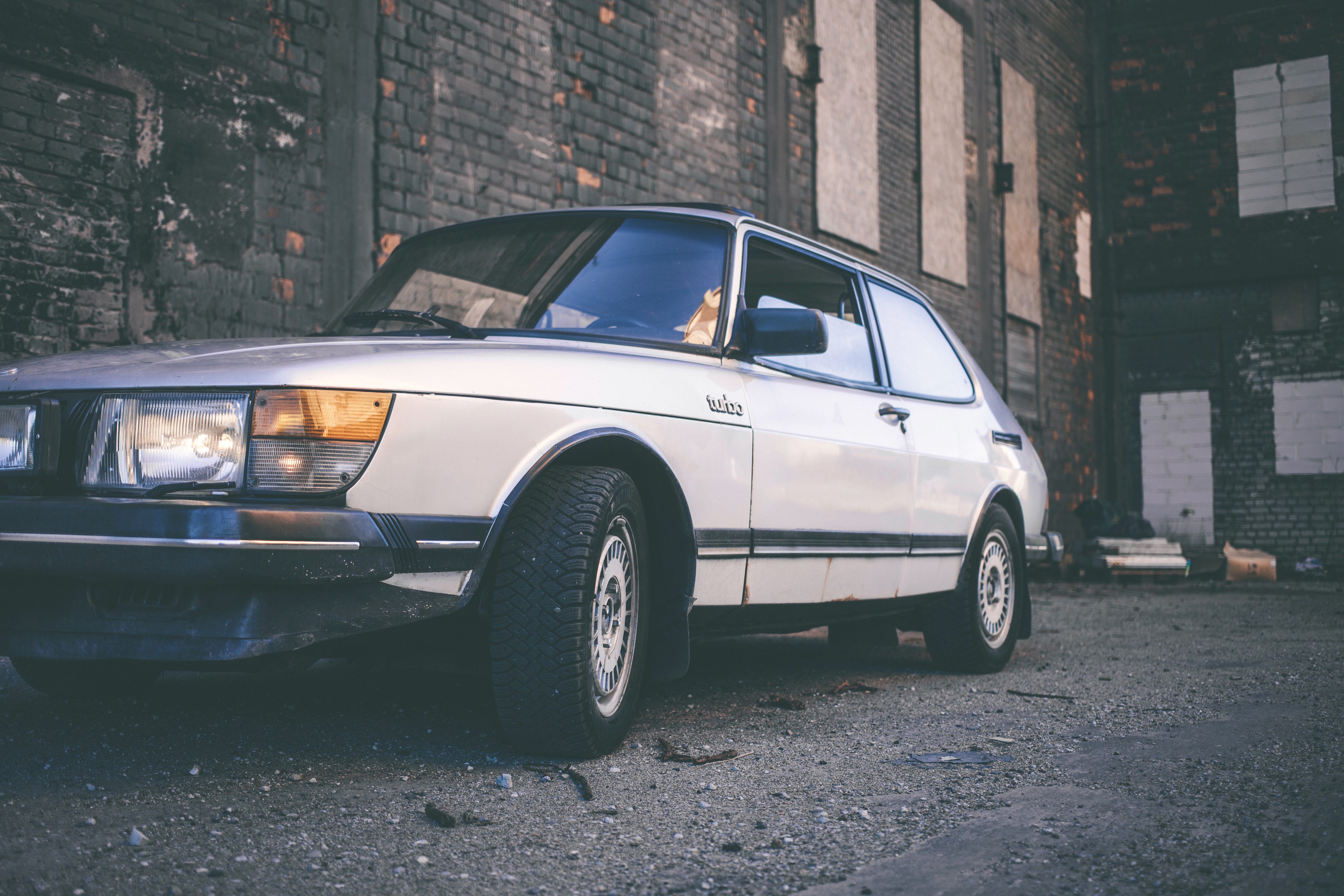What’s covered?
As part of your MOT the garage will check the following:
- Suspension & brakes
- Bodywork
- Petrol cap
- Tyre size, pressure, and tread
- Lights, mirrors, and doors
- Seatbelts and seats
- Registration plates
- Exhaust pipe
Your vehicle’s brakes and suspension should be in good working order, and tyres should meet legal requirements (though any spare tyres are not included in this check). All lights, mirrors and doors will be examined to ensure they are working properly. Seatbelts and seats will also be assessed to make sure they are safe. Seats should be able to move forward and back, and be secured in two or three positions. Your petrol cap should be fitted properly with no leaking, and of course – registration plates should be visible and secure. The overall bodywork of your vehicle will be examined for signs of serious damage or corroding, and your exhaust checked to ensure it is not noisy, unsecured or emitting smoke – smoke of any colour from your exhaust could be marked as a major fault.
What should I bring?
If this is the first time you’re taking your vehicle for an MOT, bring your V5C vehicle registration document. Next time, you can bring your V5C registration document and your current MOT certificate, though this often isn’t needed as your documentation can usually accessed online by the garage.
How long will it take?
An MOT usually lasts around 45 minutes to an hour.In 2018, stricter criteria were introduced to the MOT test, with new fault categories – ‘minor’, ‘major’ and ‘dangerous’ – used to identify how significant the issue might be.‘Major’ or ‘dangerous’ problems are an automatic MOT fail, while ‘minor’ problems won’t stop your vehicle from passing, but are issues to be considered as potential problems which could cause an MOT fail in the future.
Source: www.moneysupermarket.com/car-insurance/mot-checklist/








